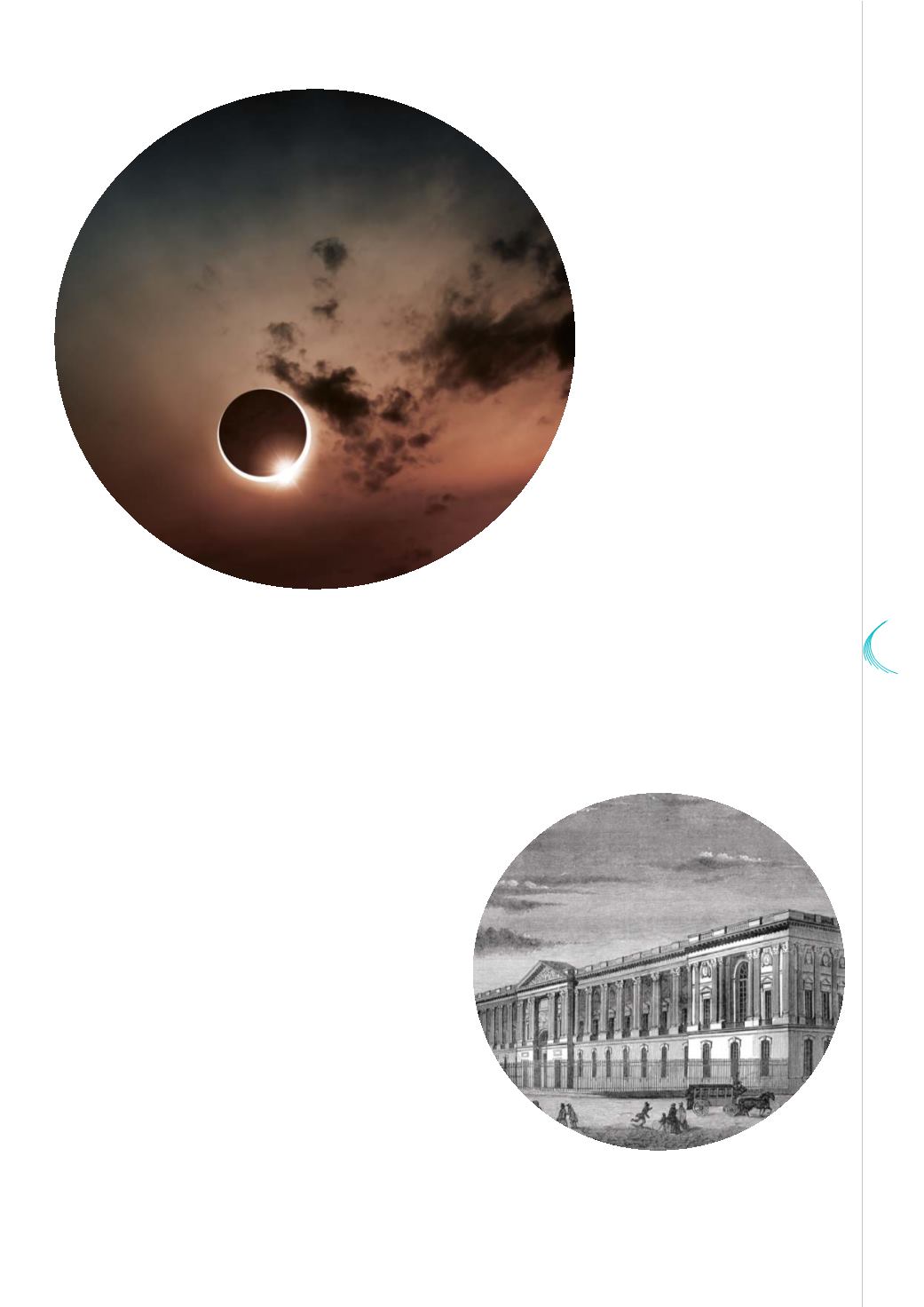

350
YEARS
OF
SCIENCE
7
© Ig0rZh - Fotolia
© Morphart - Fotolia
all in Europe and who had just been elected at the
Royal Society in 1663. Christiaan Huygens
negotiated attractive terms for his
arrival in Paris: an apartment in
the King’s library and an annual
pension of 6 000 pounds!
The recruitment of the
first academicians started
from May 1666. Seven
names
were
selected
from a short list: Christiaan
Huygens, Adrien Auzout
(astronomer),
Jacques
Buot (astronomer), Pierre de
Carcavi, Bernard Frénicle de
Bessy (mathematician), the abbot
Jean Picard (astronomer) and Gilles
Personne de Roberval – a mathematician
who is still known to us for his double pan
balance. This first group formed the Mathematics
Section, and started to meet in the summer 1666 to observe two eclipses, that of the moon and that of the
sun. They produced a report that reassured Colbert on their capacity to work together.
In October 1666, a second section was created, the Sciences of
Observation section, with the help of Charles Perrault, who was
a man of letters, Colbert’s right-hand man and the author of
the famous tales. Also recruited were: Marin Cureau de
la Chambre (physician of the King), Claude Perrault
(architect and Charles Perrault’s brother – who
conceived the colonnades of the east façade of
the Louvre, which has since been an inspiration
for many architects over the world), Samuel
Cottereau du Clos (physician and chemist) and
Louis Gayant (physician). Before December
were added Claude Bourdelin (chemist), Jean
Pecquet (anatomist), Nicolas Marchant (botanist)
and Jean-Baptiste du Hamel – an Hellenist who
would gradually grow a passion for anatomy and be the
first "Secrétaire de l'Académie".
Claude Perrault's Colonnades
of the Louvre


















